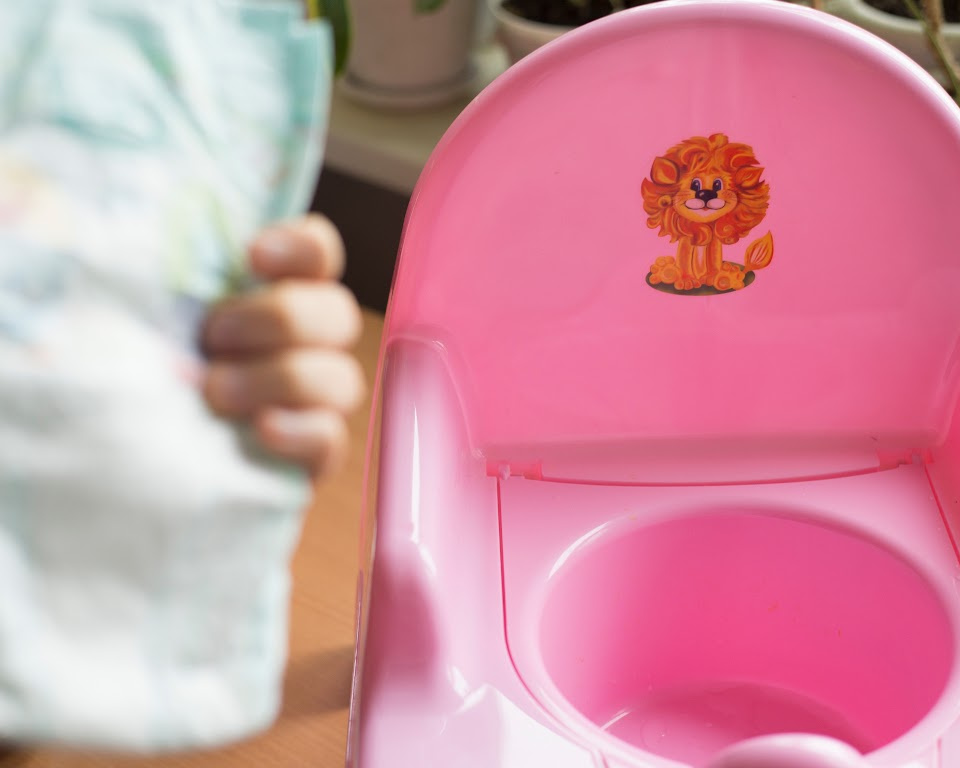Understanding how to communicate with a nonverbal autistic child is a challenge many parents, caregivers,…

Handling a Rude Autistic Child: Effective Tips
For parents and caregivers navigating the complexities of raising a child on the autism spectrum, certain behaviors may come as a challenge. Specifically, strategies for addressing rudeness in autistic kids are an essential part of creating an understanding relationship between you and your child. It’s vital to recognize these moments not as intentional defiance or disrespect, but as a reflection of the social communication hurdles that autism can entail.
Understanding and coping with rude behavior in kids with autism can be a delicate process. It centers around compassion, patience, and employing targeted techniques for dealing with a rude child on the autism spectrum. In the upcoming sections, we will explore the depths of this behavior, the reasons behind it, and effective methods for managing and guiding children towards more appropriate interactions.
Understanding the Behavior: Why Autistic Children Might Appear Rude
Autistic children often face challenges that aren’t immediately apparent to onlookers, leading to behaviors mistakenly identified as rudeness. A significant barrier is their difficulty with sensory processing. The onslaught of daily environmental stimuli such as loud noises, bright lights, or busy environments can lead to sensory overload. When this occurs, behaviors can erupt that seem abrupt or inconsiderate, but are in fact a means of coping with the sensory influx.
Social interactions also carry a complex set of expectations that can be hard to decipher for children with autism. These individuals can struggle with reading facial expressions, interpreting body language, and discerning the subtleties of tone of voice, complicating their ability to engage appropriately. This can result in actions that may seem rude, but are actually a manifestation of the child’s challenge with social navigation.
Another aspect is empathy development. While not all autistic children experience empathy in the same way, some may have a delayed or nuanced understanding of others’ emotions that affects their response to social cues. This can lead to a perception that they lack regard for others’ feelings, when in reality, they are processing these social cues differently.
For parents and educators, managing rude behavior in autistic children is less about discipline and more about understanding. By recognizing the underlying factors contributing to these behaviors, more effective strategies can be applied. Supporting social skills development in children with autism isn’t just about correcting actions; it’s also about nurturing understanding, patience, and acceptance in the environments in which these children learn and grow.
- Identifying and minimizing triggers of sensory overload.
- Using visual aids and social stories to clarify expectations.
- Creating structured environments where children can thrive without becoming overwhelmed.
With patience and adaptive strategies, managing and supporting children on the autism spectrum in their social development becomes a journey of growth for both the child and the support network surrounding them.
How to Deal with a Rude Autistic Child: Initial Responses Matter
Addressing rudeness in children with autism requires a considered approach. Your initial reactions as a caregiver or educator can set the tone for how effectively the behavior is managed and understood. Indeed, it’s these early interactions that lay the groundwork for teaching better social skills and promoting respectful communication.

Staying Calm and Modeling Appropriate Behavior
The first tip for handling rudeness in children with autism is to stay calm. Outbursts or rude comments can often trigger strong emotional responses, but it’s important not to let frustration or anger take over. Keeping a level head allows you to become a mirror of the behavior you intend to teach. Whether in the home or classroom setting, showing a composed demeanor when faced with rudeness can have a significant impact. Here’s how you can model positive behavior:
- Maintain a steady and reassuring voice tone when speaking.
- Use encouraging language and validate their feelings when appropriate.
- Keep your own body language open and non-threatening.
- Display patience and understanding whenever possible.
Applying Clear Communication Techniques
Another effective way to manage rudeness in autistic children is through clear communication. Autistic children can benefit from direct, concise explanations about which behaviors are acceptable and which are not. Employing visual aids, role-playing scenarios, and social stories are particularly effective tactics:
- Use visual aids to illustrate social situations and appropriate responses.
- Engage in role-playing to practice different interactions and how to handle them.
- Create social stories that offer a narrative for proper social etiquette.
- Reiterate the importance of kind behavior and understanding others’ feelings.
By equipping autistic children with the necessary tools and understanding, we can guide them towards more respectful interactions and help them develop the social skills they need to thrive.
Promoting Positive Behavior: Strategies for Moving Forward
Fostering positive behavior in children on the autism spectrum calls for a thoughtful and consistent approach. Having the tools to navigate challenging behaviors is paramount for parents and caregivers aiming to shape a brighter social future for these children. By zeroing in on promoting positive behavior in rude autistic children, one can uncover a path to emotional and social well-being that respects the unique hurdles these children face.
Developing Social Skills and Empathy
Central to the strategy of nurturing growth is the focus on developing social skills and fostering empathy. Real-life scenarios and role-playing exercises serve as excellent backdrops against which children with autism can learn and practice the give-and-take of social interaction. Through these methods, children gain insight into others’ perspectives, thereby growing their own empathetic muscles and learning how to respond to social cues with kindness and understanding.
Establishing Boundaries and Reinforcing Good Behavior
The second pillar of our approach emphasizes the importance of clear boundaries. Children thrive with structure, and by setting firm yet fair rules regarding acceptable behavior, caregivers allow children to understand and navigate social norms. Encouraging children to participate in the creation of these rules not only helps demystify the reasons behind them but also bolsters the child’s commitment to upholding the standards set forth. Coupled with positive reinforcement, this structure guides children toward consistently respectful interaction.
Employing Reward Systems for Encouragement
Lastly, the application of reward systems plays a significant role in motivating desired changes. Simple recognition of good behavior through sticker charts or small rewards does wonders in acknowledging progress and incentivizing continuation of that progress. Such positive reinforcement is a key element in shifting behaviors and offers children a tangible sense of achievement. For those who need more tailored assistance, seeking guidance from professional therapists with experience in autism can provide direction and additional tactics specifically suited to an individual child’s needs.
FAQs
What are some strategies for addressing rudeness in autistic kids?
To address rudeness in autistic kids, it’s important to first understand that what may appear as rudeness might actually be a difficulty in processing social cues or sensory overstimulation. Strategies include staying calm, teaching through modeling appropriate behavior, using clear and simple communication, breaking down social interactions into manageable steps, and reinforcing positive behavior through praise and rewards. It can also help to engage the child in role-playing scenarios to practice proper responses.
Why might an autistic child come across as rude to others?
An autistic child might come across as rude due to challenges in social communication. They may struggle with interpreting social cues, managing sensory overload, and demonstrating empathy in typical ways. The behavior interpreted as rudeness may be an involuntary reaction to their environment rather than an intentional disregard for others’ feelings.
How should I initially respond to a rude behavior from an autistic child?
Initially respond to rude behavior from an autistic child by staying calm and composed. Understand that the behavior may not be intentional. Gently correct the behavior by explaining what was inappropriate and why it might have upset someone. Avoid reacting with anger or frustration as it could aggravate the situation and make communication less effective.
What is the importance of role modeling in managing an autistic child’s rude behavior?
Role modeling is crucial when managing an autistic child’s rude behavior because children learn by observing those around them. Demonstrating calm, patient, and respectful interactions provides a live example for the child to emulate. This helps them understand and internalize the appropriate ways to behave in social situations.
How can I effectively communicate with a child who has autism and exhibits rude behavior?
Communicate effectively with an autistic child by using clear, direct, and concrete language. Be specific about what behavior was rude and provide clear instructions for a more appropriate response. Visual aids, social stories, and consistent routines can also enhance understanding and guide the child toward more positive interactions.
What are some ways to develop social skills and empathy in children with autism?
Developing social skills and empathy in children with autism can be done through structured learning activities such as role-playing, social skill groups, and therapy sessions with professionals. These activities help children practice and understand the perspective of others, leading to better empathy and social interactions. Teaching emotions and appropriate responses in different scenarios can also foster empathy and social understanding.
Why is it important to set boundaries with children on the autism spectrum?
Setting boundaries with children on the autism spectrum is important because it helps create a sense of structure and predictability, which can be very comforting for autistic children. Boundaries teach them about the rules and expectations of social behavior, helping them to understand what is and isn’t acceptable, thus reducing the likelihood of rude behavior occurring.
How can reward systems encourage positive behavior in autistic children?
Reward systems encourage positive behavior by providing motivation and a sense of achievement for autistic children. When they receive a tangible reward for practicing good behavior, it reinforces that behavior and makes it more likely they’ll repeat it. Ensuring the rewards are meaningful to the child increases the effectiveness of the system.
Can seeking professional assistance help with my autistic child’s rude behaviors?
Yes, seeking professional assistance can be very beneficial for managing rude behaviors in children with autism. Therapists who specialize in autism can offer individualized strategies that are tailored to your child’s specific needs. They can also provide guidance for parents and teachers on how to support the child’s social and behavioral development.
How can I support the development of social skills at home for my child with autism?
Supporting the development of social skills at home can involve creating opportunities for your child to interact with peers in a structured manner, like arranging playdates that have clear activities. Using visual schedules and social narratives to prep for social encounters can also aid in easing anxiety and guiding expected behaviors. Additionally, incorporating social skills lessons into daily routines and praising your child for successful interactions can support their ongoing development.



This Post Has 0 Comments